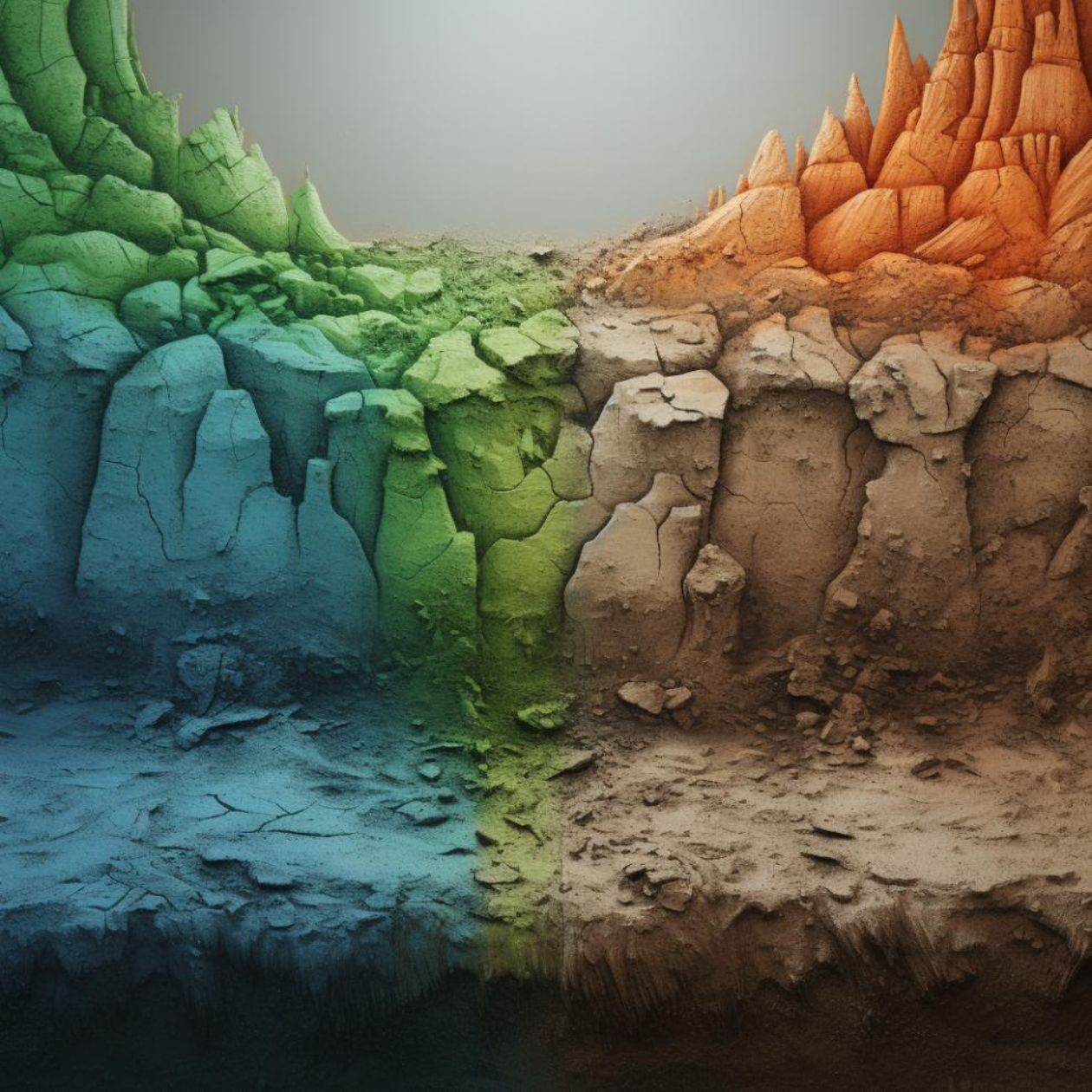In the world of colors, the interplay between light, shadow, and texture transforms a simple palette into a mesmerizing symphony for the eyes. Imagine a serene blue or a vibrant red; now, envision these hues on different textures, and watch how they dance and morph, revealing the captivating magic of visual diversity.
The Canvas of Perception:
Colors are not static entities; they are chameleons, shape-shifting based on the canvas they adorn. A tranquil blue on a smooth, glossy surface resonates with calmness, while the same shade on a coarse, matte backdrop may evoke depth and mystery. The canvas, or texture, becomes the storyteller, narrating tales through the language of color.
Smooth Elegance:
When draped on a sleek, smooth surface, colors take on a polished elegance. Blues become serene like a calm lake, while reds exude a sophisticated vibrancy reminiscent of velvet. The lack of interruptions allows colors to breathe, creating a visually soothing experience that emphasizes their purity and simplicity.
Textured Intricacies:
Introduce textures, and colors embark on a visual adventure. A forest green on a textured, rough canvas mimics the lushness of leaves in a dense woodland. Textures add layers to colors, infusing them with intricacies that mimic the complexity of the natural world.
Matte Maturity: Matte textures lend a sense of maturity to colors. A subdued gray takes on an understated elegance, and earthy tones exude warmth and authenticity. Matte surfaces absorb light, minimizing reflections, and allowing colors to stand independently, speaking with a quiet confidence.
Glossy Vibrancy: Contrastingly, glossy textures amplify the vibrancy of colors. A glossy red bursts forth with energy, and yellows shimmer with a sunny radiance. The reflective nature of glossy surfaces elevates colors, creating a dynamic visual experience that commands attention.
Play of Light and Shadow: The angle and intensity of light on textured surfaces introduce a dynamic interplay of shadows, influencing the perceived color. A golden-yellow in the spotlight emanates a radiant glow, while the same hue in the shadows adopts a richer, deeper tone. The play of light and shadow transforms colors into living entities, evolving with the passage of time.
Fusing Nature with Palette: Nature, the ultimate artist, seamlessly intertwines texture and color. The bark of a tree, the petals of a flower, or the feathers of a bird – each texture is a canvas for nature's vibrant palette. Observing these natural wonders inspires an appreciation for the intricate dance between textures and hues.
Beyond Aesthetics: The influence of textures on color perception extends beyond aesthetics. It can evoke emotions, trigger memories, and shape our psychological response to the visual world. A textured red may feel cozy and inviting, while a smooth blue exudes a sense of tranquility.
In the grand tapestry of colors, textures act as silent conductors, orchestrating a symphony of visual experiences. The same color, when draped across different textures, invites us on a journey of perception and emotion. As we navigate this kaleidoscopic landscape, let us marvel at the transformative power of textures, shaping our encounter with the vibrant hues that paint the canvas of our world.


